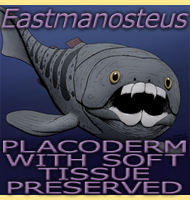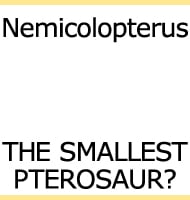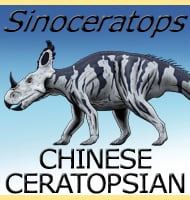Graciliceratops
In Depth The type specimen was originally assigned to the genus Microceratops (now a synonym to Microceratus), Graciliceratops seems to have been a small and lightly built ceratopsian dinosaur. Graciliceratops seems to have been more comfortable in a bipedal posture, but already it is clear that Graciliceratops would have been easily able to adopt a … Read more



